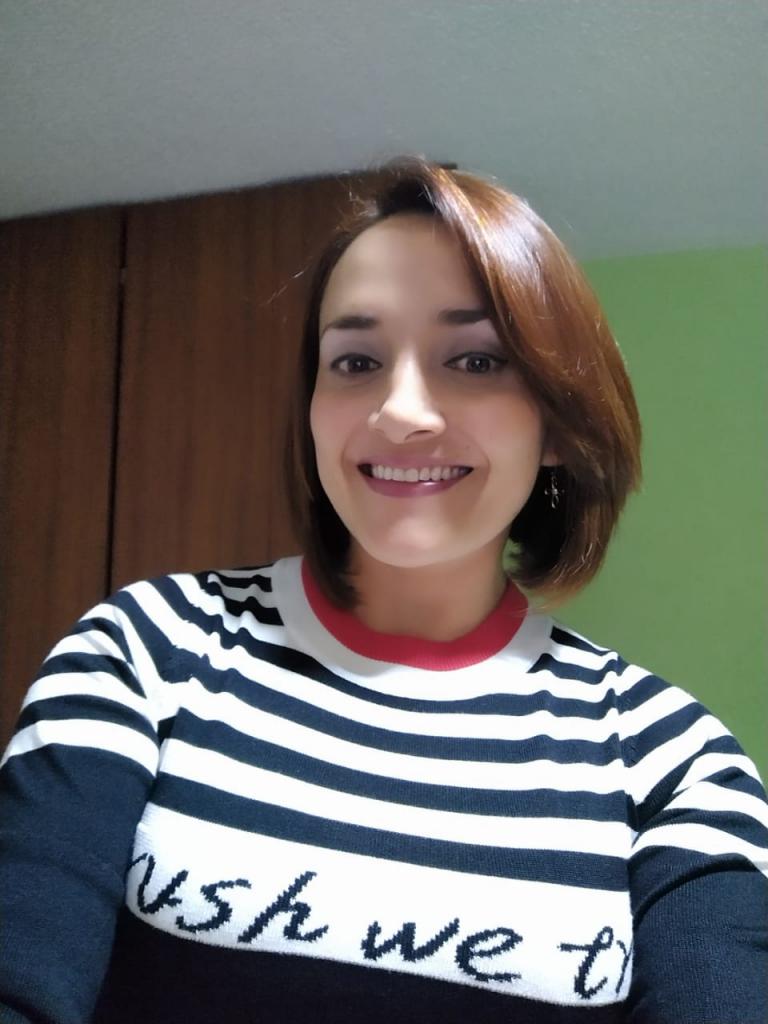
Restoration of Chilghoza forest ecosystem in Suleman range, Balochistan province, Pakistan

Communal conflicts and damaged infrastructure led to excessive logging and degradation of the Chilghoza forest in Suleman Range of Balochistan Province. Until 1971, logging was prohibited, yet people started cutting the trees and the degradation of the Chilgoza forest ecosystem increased alarmingly over the next two decades - in the 1980s and 1990s.
Longstanding conflicts in the community and inadequate infrastructure had led to the collapse of income from agriculture. The Suleman Range project supported conflict management and dispute resolution between community members and funded the reconstruction of the Kasay Irrigation Channel. As a result, agriculture in the region could be revived and income from logging in the Chilghoza forest lost its relevance. This enabled the protection and conservation of the important forest ecosystem and improved the livelihoods of local communities.
Context
Challenges addressed
Longstanding conflicts in the community and inadequate infrastructure led to the collapse of income from agriculture. The lack of income was compensated by the extensive logging and sale of timber from the Chilghoza forest, which led to the degradation of the forest ecosystem. The communities increasingly spiralled into poverty. This resulted in a lack of access to health care, especially for women and new communal conflicts.
Location
Process
Summary of the process
The facilitation of conflict management strategies based on traditional practices enabled the reintroduction of communal agricultural land management. At the same time, the reconstruction of the communal irrigation system ensured successful cultivation. The recovery of original sources of income took the pressure off the Chilghoza forest ecosystem, as income from deforestation was no longer needed.
Building Blocks
Restoration of Chilghoza forest ecosystem in Suleman range, Balochistan province, Pakistan
Participative dispute management
Out of several other potential solutions, the one that really worked was embedded deep in the community norms and culture. In order to solve longstanding communal conflicts that hindered the restoration of land and protection of the Chilgoza forest ecosystem, the programme seek consultation and advice from representatives and heads of the involved communities. Starting with a smaller group of forest owner families in conflict over an abandoned piece of communal agricultural land, the programme was able to set an successful example for a dispute settlement approach in the region that enabled further landscape restoration activities.
Enabling factors
Trust of local community, participation of community leaders and government support.
Lesson learned
The programmes facilitation to use local knowledge for identification of a solution supporting their culture and norms was crucial.
Restoration of Chilghoza forest ecosystem in Suleman range, Balochistan province, Pakistan
Rehabilitation of the irrigation system to mobilise alternative sources of income
The district's damaged irrigation canal had led to a loss of income from agricultural activities. The community could not afford maintenance. With the support of the programme, the irrigation system was put back into operation and the residents were able to successfully resume the cultivation of maize, barley and vegetables the following year. The financing of the 1.5km long canal provided a sustainable alternative source of income.
Enabling factors
Technical and financial support to meet genuine needs.
Lesson learned
Support to meet genuine needs helps mobilize local communities.
Impacts
- When the conflict was settled, a 80 km long section of the Chilgoza forest was fully protected and preserved by the local tribal community. Since then, there has been no new conflicts. The harvest yield exceeded the investment made. The people cultivate vegetable gardens, apple and pomegranate trees for their own consumption and for sale.
- This intervention helped to revive the rapidly dwindling chilgoza forests of the Suleman Range. The local communities did not have the means to repair the irrigation canal for agricultural practices, nor did they have enough money for basic health care. Through the sale of chilghoza nuts and agricultural products, a stable income was generated. The collective improvement of the living situation also eased conflicts within the communities.
- The improved income situation benefited women's medical care. The programme improved the treatment of women in hospitals. The area was very vulnerable to malaria and anti-malarial drugs were provided, which improved education and health
Beneficiaries
Disadvantaged local tribes of Sulman Range, mostly subsistence farmers and pastoralists, were the main beneficiaries of this project. The Forest Department and provincial government also benefited from this solution.
Sustainable Development Goals
Story
Until 1971, logging of the Chilgoza forest in the Suleman area of Balochistan was banned, yet people started cutting the trees and the degradation of the Chilgoza forest ecosystem increased alarmingly over the next two decades. Since there was no agricultural land or industry in the area, the locals needed a source of income for their daily needs. Of several possible solutions, the one that really worked was deeply rooted in the norms and culture of the community. This cultural approach was discussed and planned through consultaion with community leaders. Working first with eight forest-owning families who were in dispute over a piece of communal farmland that had lain fallow for 23 years. An agreement was reached with the owners that the programme would assist in the restoration of the irrigation channel that had been washed away, while the community restored cultivation. Once this was done, this initiative became the basis for stopping logging for the next 4 years.




